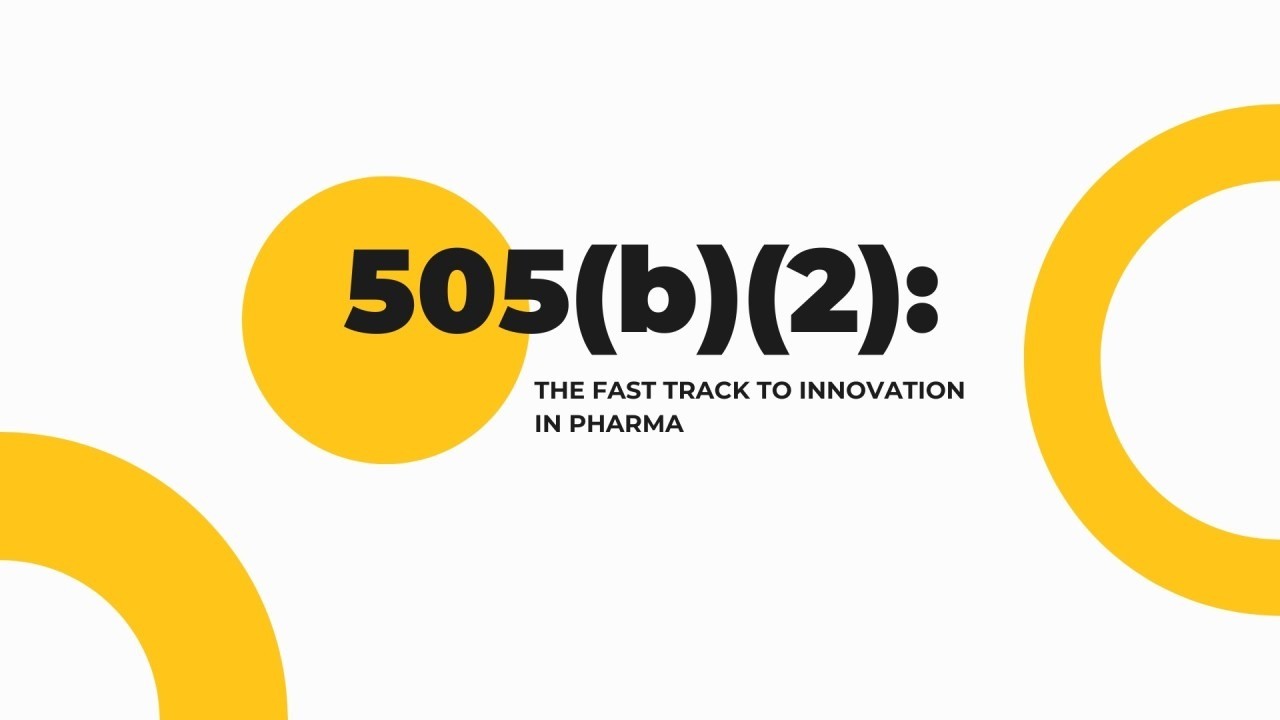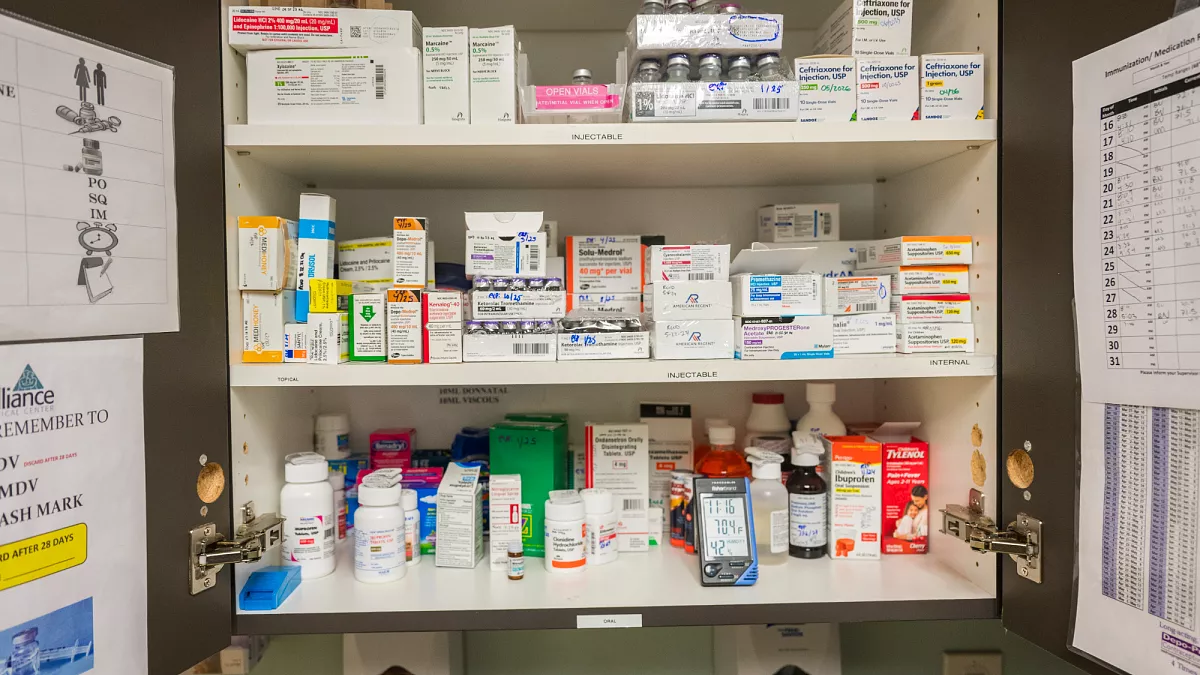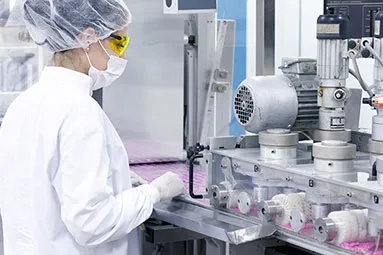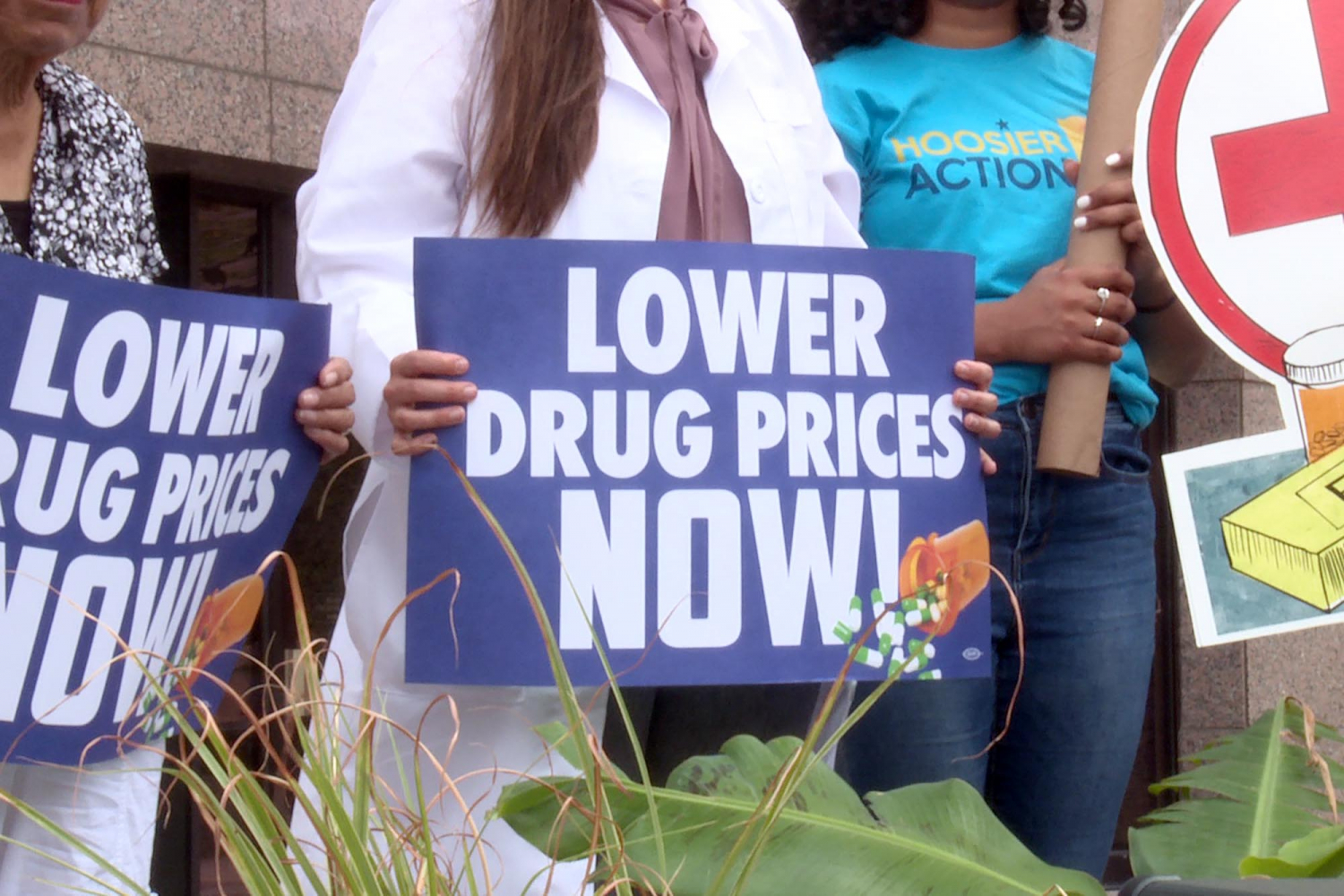Connecting the Past and Future of Drug Development
505(b)(2): Towards the Future, While Reflecting the Past While being part of U.S. pharmaceutical law, the 505(b)(2) pathway is not some tiny provision; it is a mechanism that bridges current developments with innovations we may be seeing decades from now. This avenue allows drug developers to leverage existing knowledge while also bringing something novel that does not require a truly fresh start. In contrast to the 505(b)(1) and 505(j) pathway, which impose barriers to entry through the rigorous cycle of clinical trials or with bioequivalence, 505(b)(2) provides flexibility in navigating between existing data and data needed to support innovation.
In 2024, 505(b) (2) approvals surpassed generic drug approvals, making up 40% of all new FDA approvals. These are not accidents but rather are a strategic pivot in pharmaceutical R&D that demonstrates the industry’s concerted efforts to leverage this hybrid strategy of marrying traditional drug development with AI to make it faster and cheaper.
The Evolution of 505(b)(2): From a Regulatory Exception to a Standard Strategy
505(b)(2) origins date back to the 1980s, when the pharmaceutical industry and regulators realized that 10–12 years and billions of dollars on each new drug was impractical for all companies. Legislators offered a more flexible approach, allowing pharmaceutical companies to use prior data but requiring only the additional studies needed to support a novel formulation, combination, or indication.
At its inception, the 505(b)(2) path was meant for subtle changes, like new dosages or different routes of administration. But in the 1990s, the first real breakthrough was approved in the form of Claritin-D (loratadine + pseudoephedrine) from Schering-Plough, the first combination drug to be approved through that pathway. It showed that 505(b)(2) wasn’t simply about small changes but could facilitate major advances in patient treatment. Since then, it has become a proving ground for pharmaceutical innovation, allowing companies to repurpose existing molecules, fine-tune formulations, and devise new combinations that deliver clinical benefits.
Rethinking Drug Development: Why Prove What’s Already Proven?
The principle behind 505(b)(2) is very straightforward: Why repeat research that has been conducted and validated? This obviates the need to conduct large-scale studies, as the existing reference drug data can be used and only differences need to be assessed. This method can be time efficient, time effective, cost effective, and regulatory easy, which makes it more desirable for companies to rapid innovate.
Take Emblaveo (Cefepime + Enmetazobactam), an improvement in the field of antibacterial therapy. Cefepime, a long-standing and well-studied fourth-generation cephalosporin, has been used for decades. But when enmetazobactam, a β-lactamase inhibitor, was added to it, the coverage for resistant bacterial strains, including Pseudomonas aeruginosa, vastly increased. Seizing the opportunity to avoid unnecessary duplication of basic safety and efficacy studies on cefepime, the 505(b)(2) approval pathway focused on establishing the compatibility and value-added nature of the new combination.
For example, Brynovin (Sitagliptin, Oral Solution). Sitagliptin, a drug developed by Merck and marketed under the brand name Januvia, has long been used in tablet form to treat patients with type 2 diabetes. However, dysphagic patients need alternative formulations. The oral solution formulation was assessed based on the underlying tablet data, with some additional studies for stability and bioavailability, not on efficacy itself.
Two other drug combinations that have changed HIV treatment were also mentioned, such as Dolutegravir/Lamivudine/Tenofovir Disoproxil Fumarate. The three compounds were previously established antiretroviral drugs, but their formulation as a single tablet made it easier to adhere to a regime and, thus, improved compliance. The focus of regulatory approval was on validating pharmacokinetic compatibility rather than conducting full-scale clinical trials for each drug.
A similar approach was adopted for IMKELDI (Imatinib, Oral Solution). While Gleevec (Imatinib) had already revolutionized the treatment of chronic myeloid leukemia (CML), not all patients could tolerate solid oral formulations. The solution? A liquid formulation primarily based on bioavailability testing and palatability studies for the 505(b)(2) approval.
An interesting statistic: 15% of 505(b)(2) applications in 2022 involved novel antibiotic combinations, highlighting the industry’s emphasis on addressing antimicrobial resistance.
Faster, Smarter, Cheaper: An Economic and Technological Advantage
Time is everything for pharmaceutical companies, and so is cost. The comparative advantages of the 505(b)(2) vs. 505(b)(1) pathways are illustrated succinctly below:

Common Regulatory Pitfalls That Ruin 505(b)(2) Submissions
505(b)(2) is an appealing pathway but not a guaranteed shortcut. We see many applications that don’t quite work because they don’t have enough differentiation from the reference product.
One high-profile example was Teva’s 2007 efforts to change the formulation of triamcinolone acetonide cream for treating eczema. The FDA ultimately rejected the application, determining that the textural enhancements did not offer clinically meaningful benefits. This decision resulted in Teva’s $15 million in development losses.
One involved Purdue Pharma’s 2016 push to bring a reformulated oxycodone to market. The FDA rejected the application, claiming that the changes amounted more to marketing than meaningful innovation.
A substantial percent, 25%, of 505(b)(2) rejections between 2010 and 2020 was due to the absence of meaningful differentiation, demonstrating the significance of strategic planning.
505(b)(2): The Next Big Thing in Drug Development?
The 505(b)(2) pathway, which is facing increased scrutiny by the FDA, continues to grow, particularly for rare diseases and specialty formulations.
An example is Recordati’s 2023 approval of a liquid formulation of penicillamine (Cuprimine) for Wilson’s disease, which uses existing clinical data and addresses an unmet medical need.
By 2030, 505(b)(2) approvals could represent 50% of all new drugs approved by the FDA, with emphasis on categories such as oncology, neurology and specialty medicine.
Tips to Have the Edge in 505(b)(2)
- Research patents early: You should have scoped out USPTO filings pre-development. Patent litigation, including AbbVie’s suit against Amgen, can run $5–10 million and stymie entry for years.
- Use historical data: Pharmacokinetic modeling can revitalize old studies and cut clinical trial expenses by as much as 30%.
- Develop a new Dosage Form for Bioavailability and stability. For the New Dosage Form, focus on bioavailability and stability instead of unnecessary efficacy testing.
- DOS and DON’TS: get prepared to fda; 30% of application requires some additional data CB2R submitting – both the basic (bioequivalence) and extended (limited clinical) data may save us 6 to 12 months in its review process.
- Learn from past rejections: 40% of failed combination applications lacked compelling synergy data – studying previous failures can turn a mistake into a competitive advantage.
Conclusion
The 505(b)(2) pathway is a highly useful and advanced pharmaceutical-optimized tool, not a regulatory workaround. It provides a low-cost, fast-to-market solution with a good balance of innovation and efficiency.
However, companies must tread carefully around patents, FDA scrutiny, and ethical concerns. The beauty of 505(b)(2) is that it offers an unparalleled bridge between proven science and the next big thing in an industry where speed and expense determine success.
Get started today with Solo access →



